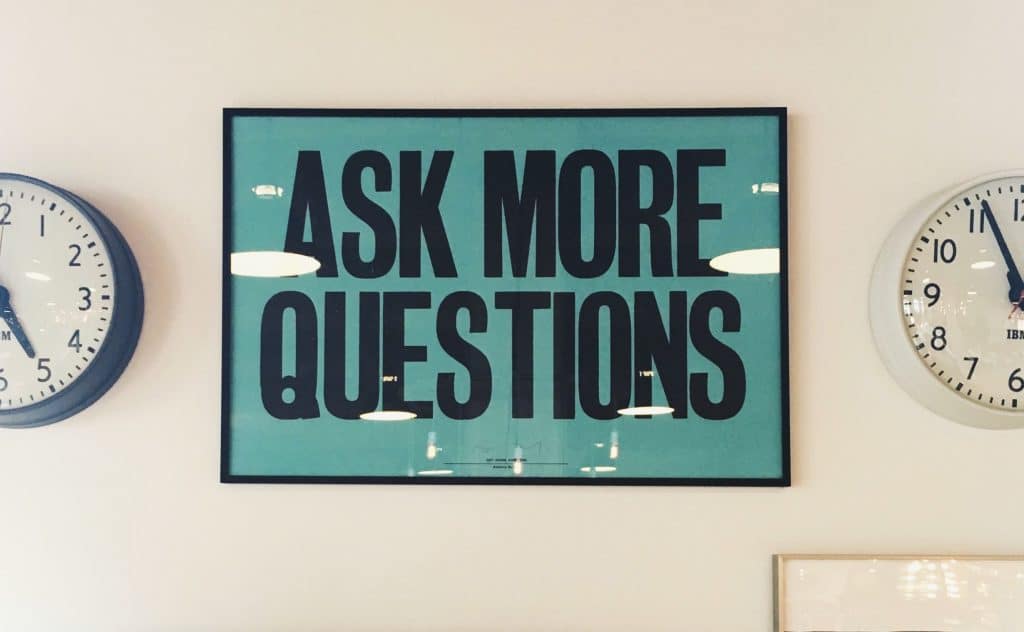
I'm a social scientist who helps people break out of the invisible traps and make whole-life changes easily and naturally.
Can constraints make you more creative? This question is my obsession. The answer is yes–if you choose the right ones.
I recently spoke to the team at Logitech in Silicon Valley about how they can use constraints to help their teams be more creative and productive. For background, Logitech is a publicly traded company with over 7,000 employees worldwide. Unlike an early stage startup that can nimbly pivot and test new product ideas, layers of teams and organizational hierarchy separate Logitech designers from Logitech customers. But it very publicly aspires to act like a startup.
Logitech’s CEO, Darrell Bracken, took over the faltering PC accessory company in 2013 and turned it around with his “speak up and move fast” strategy. “Early on, we defined several values in the culture that I didn’t think were there enough,” Bracken told the New York Times this summer, referring to one of the first things he did when he joined Logitech. “Speaking up” was the most important value he brought to Logitech, he said. By breaking down communication barriers between employees and managers at the company, Bracken has been able to replicate one of the greatest strengths of startup culture at Logitech: a free flow of ideas. Today, the company is back on track, profiting from the creation of novel and useful tech products.
The takeaway from my presentation, which you can view above, is that in a company with many layers of management separating ideation from the final product, it’s important to recognize the stifling constraints in the air you breathe, which are bureaucratic in nature. Then consciously choose to honor the constraints that unleash creativity and innovation: the needs of the end-user. When you commit to treating the end user’s needs as your real boss, you can identify the bureaucratic constraints holding you back and, in turn, open up the type of communication that creates great innovations.
Near the end of my talk, I asked the good people at Logitech to start identifying their bureaucratic constraints with this simple activity: think about what thoughts and assumptions are taking your focus away from solving your user’s problem. Get so specific that you can name these constraints. For example, “we’ve tried something like that before,” or “I’m not powerful enough to propose this big of an idea,” or “my boss hates when we change direction,” or “this idea is bigger than I can realize on my own.” Then I asked them to evaluate which of these constraints was keeping them from sharing their ideas.
Now it’s your turn: go ahead, ask yourself what’s holding you back from listening to your real boss (your user’s needs) and share your ideas with your team or manager. Identifying these constraints is the first step to freedom.
xo,

